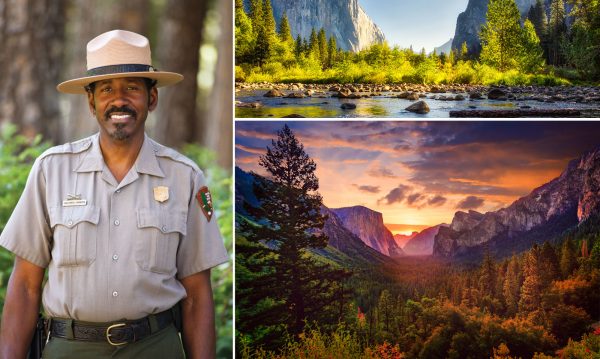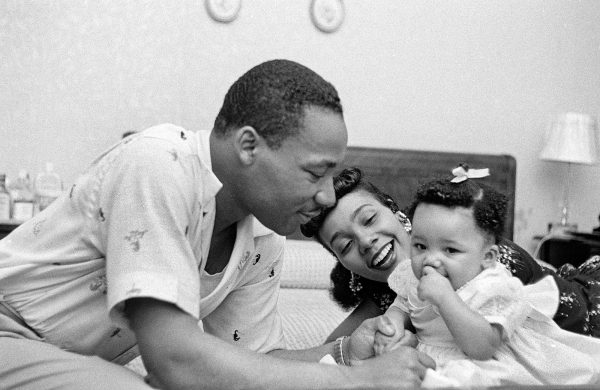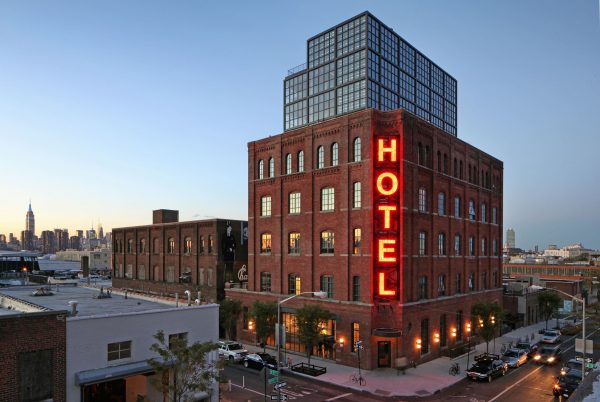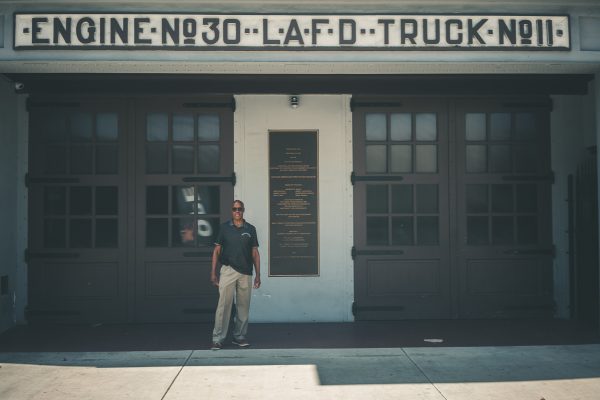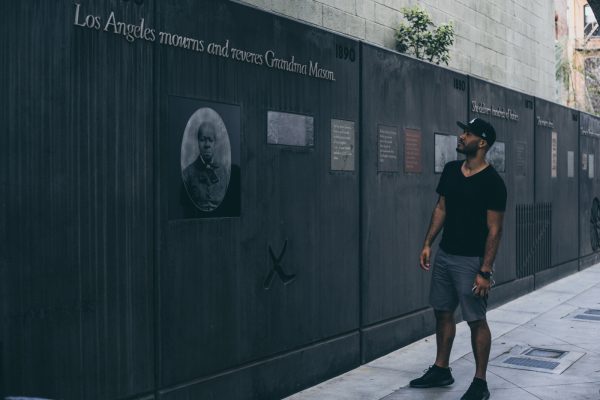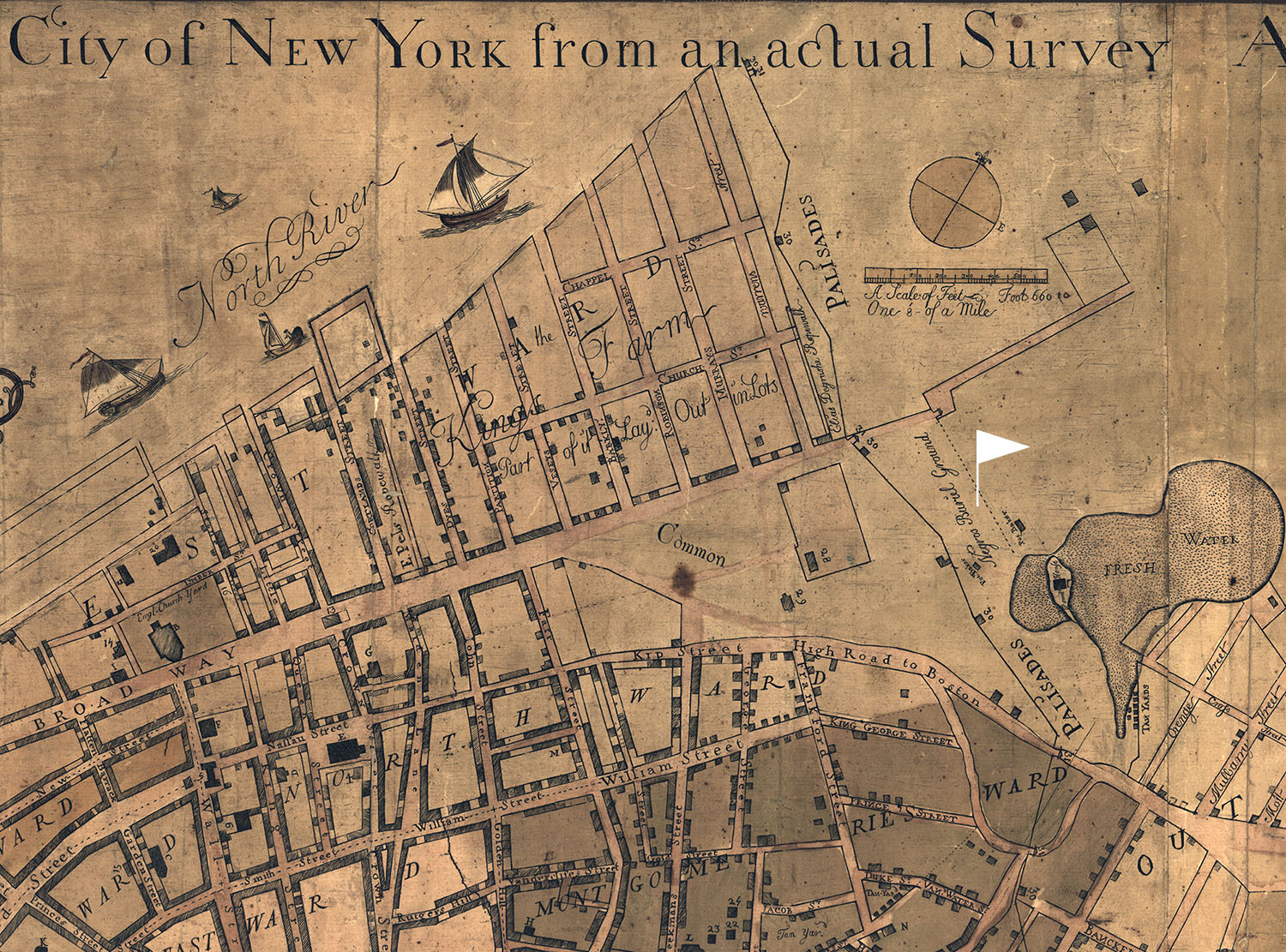
A National Park Tribute To The Slaves That Built New York
For all those who were lost.
For all those who were stolen.
For all those who were left behind.
For all those who were not forgotten.
That inscription is engraved on a wall in Lower Manhattan many tourists will never see. Today, it’s hard to imagine with endless pavement, countless skyscrapers and steamy subway tunnels what this neighborhood once resembled; what once stood or didn’t where this inscription exists. Thankfully in 1991, pre-construction of a federal building helped craft that image when developers stumbled upon the remains of some 400 men, women and children.
Those remains were once part of a six acre cemetery, the largest and oldest African cemetery in the United States. The white flag on the antique map below marks the “Negro Burial Ground,” it’s former name.
Back when New York was New Amsterdam, slaves were not allowed to bury their own within city limits. So in around 1640, Africans began burying their dead on the outskirts of town, just below Wall Street. Population growth led to boundary expansion and in 1794, over a hundred years after opening, the burial ground was shuttered. One by one, surrounding hills were leveled, the dirt covering the remains of over 20,000 Africans some 24 to 30 feet underground. Over the centuries, more buildings were erected, subway tunnels constructed and what was once sacred ground was feared lost.
The federal construction project changed that, but not without controversy. Protests erupted after 200 of the uncovered remains were removed. And in a callous attempt to expedite construction, the ancestors of present day African-Americans were wrapped in newspapers and stored in a Bronx gym. It took over a year for Congress to pass a bill preventing further development or destruction of the grounds. The removed were eventually transferred to Howard University where their bones were studied.
In 2003, those remains were reburied and four years later the National Park Service opened the African Burial Grounds memorial. The monument pays tribute to the men, women and children who in many cases gave their lives in the form of labor to lay America’s foundation, literally.
While not as relaxing as a walk along the Hudson, or entertaining as a Yankees game, TravelCoterie recommends travelers looking for a better understanding of the city they’re visiting to visit the African Burial Ground National Monument. The visitor center address is 290 Broadway between Duane and Reade Streets.
